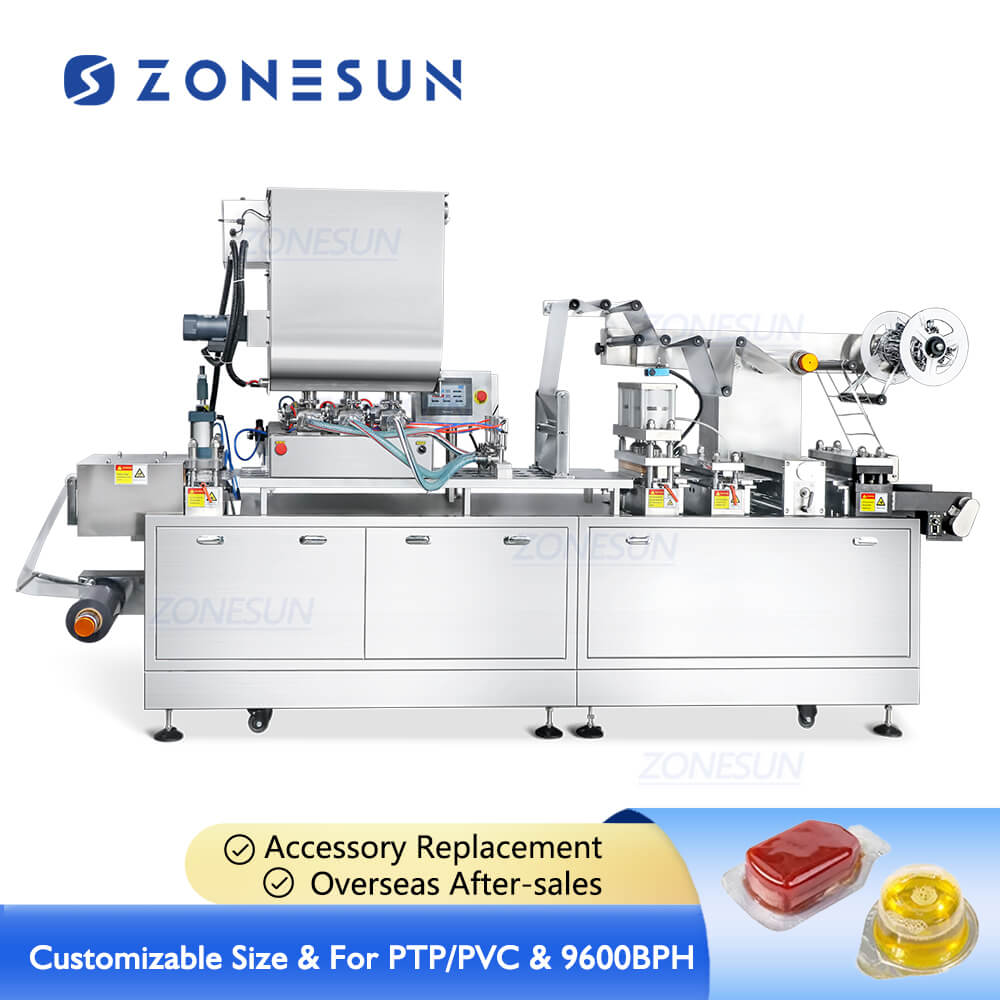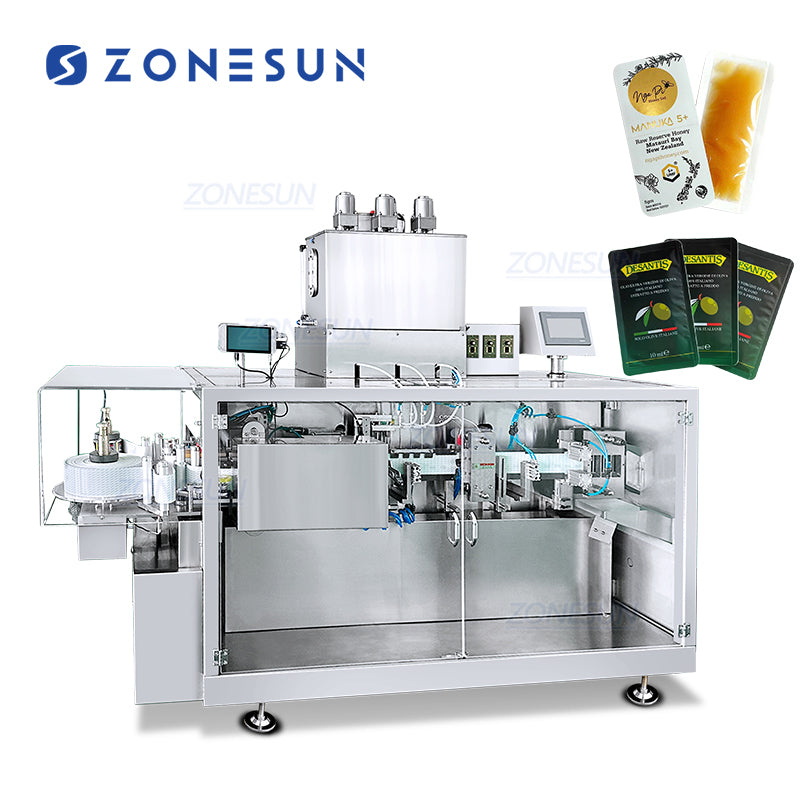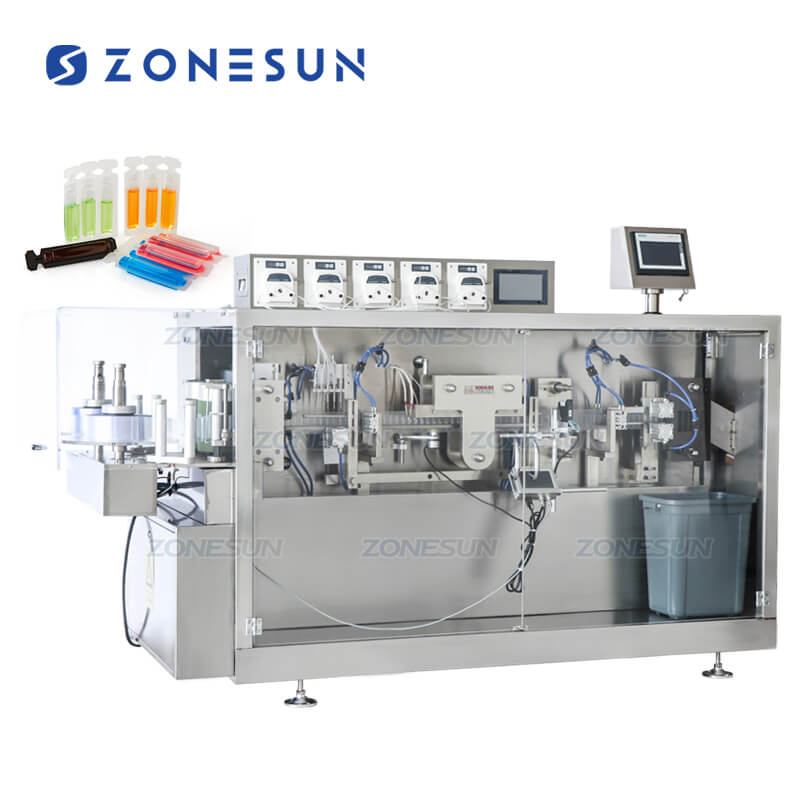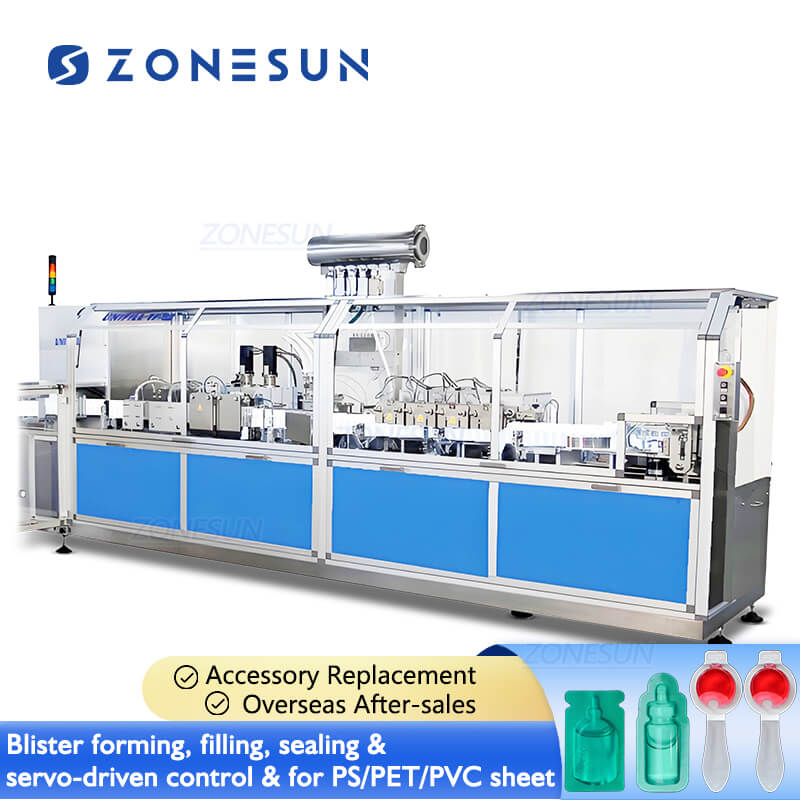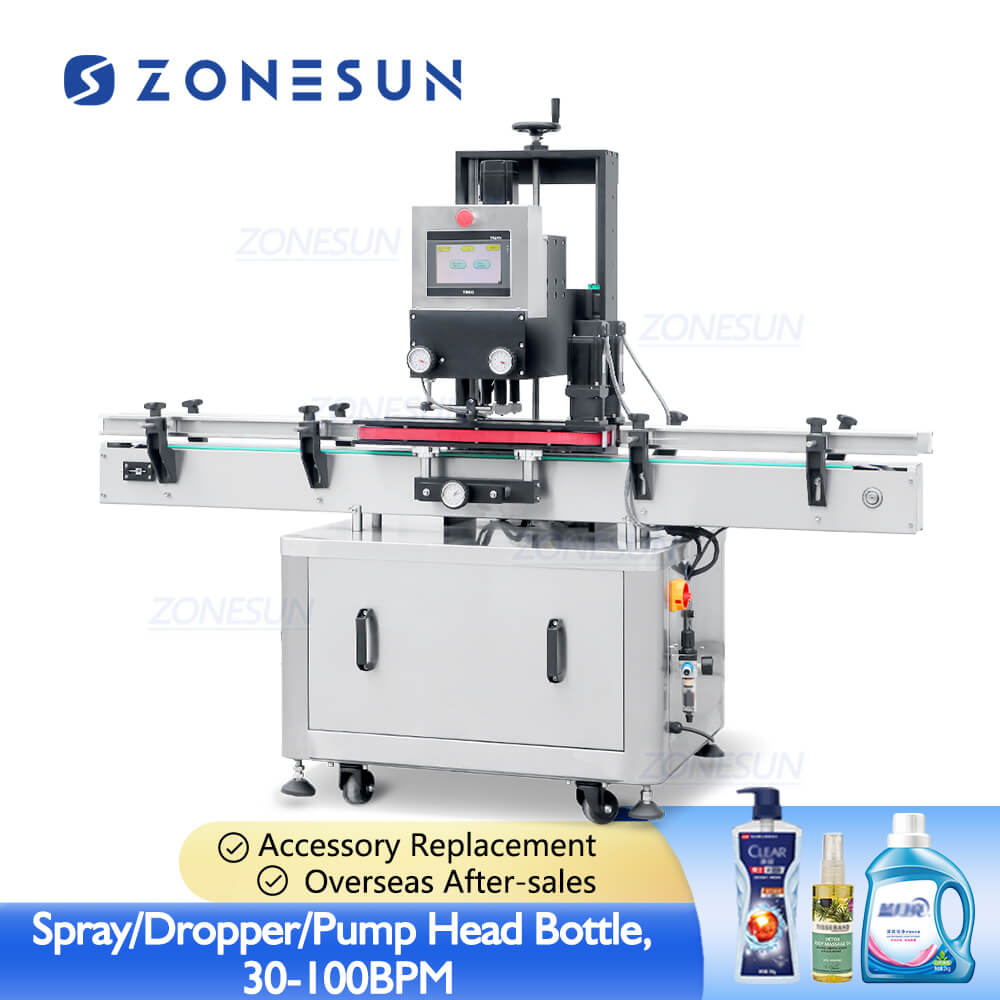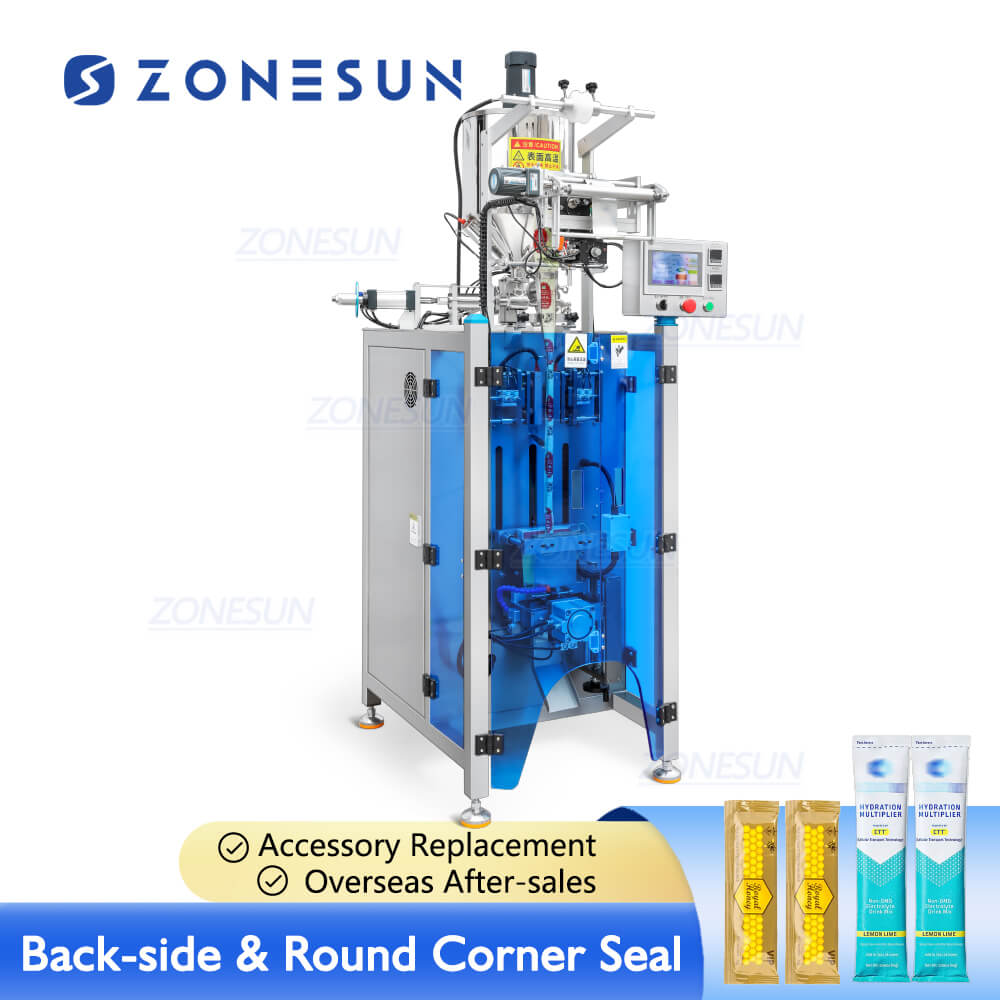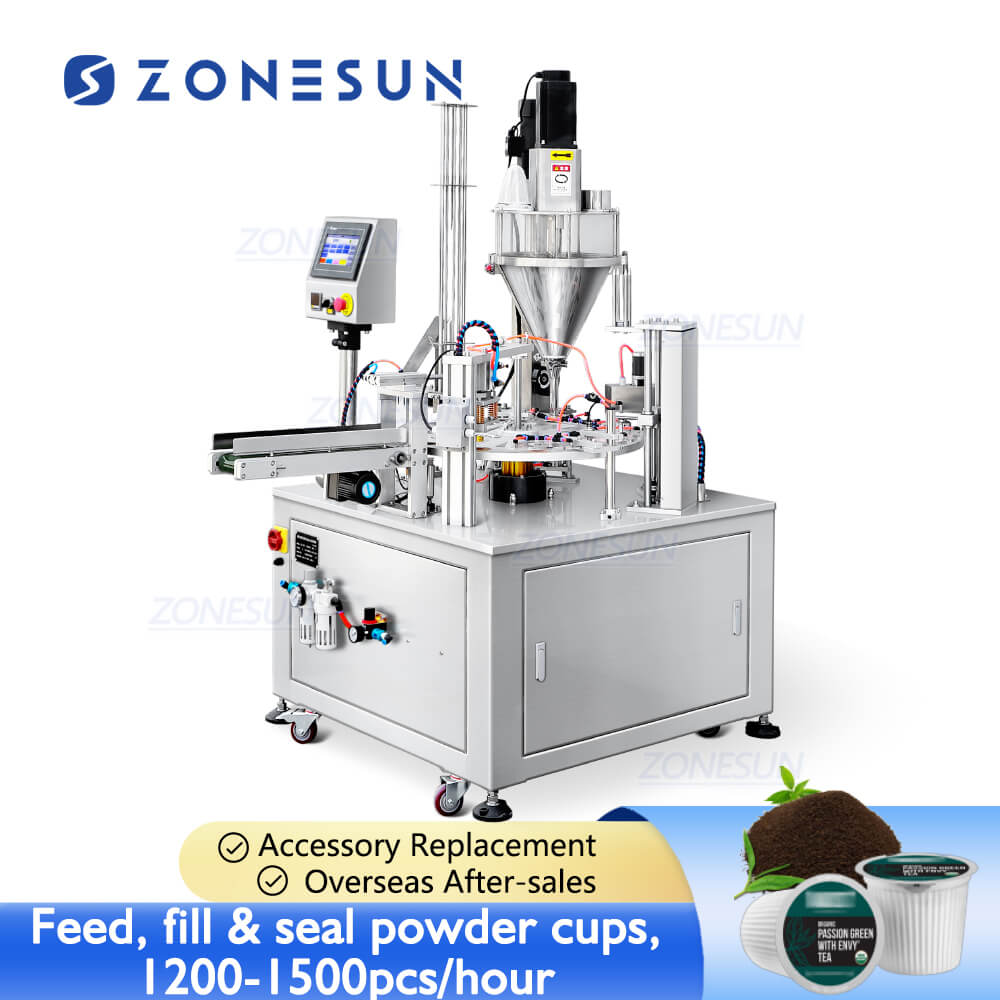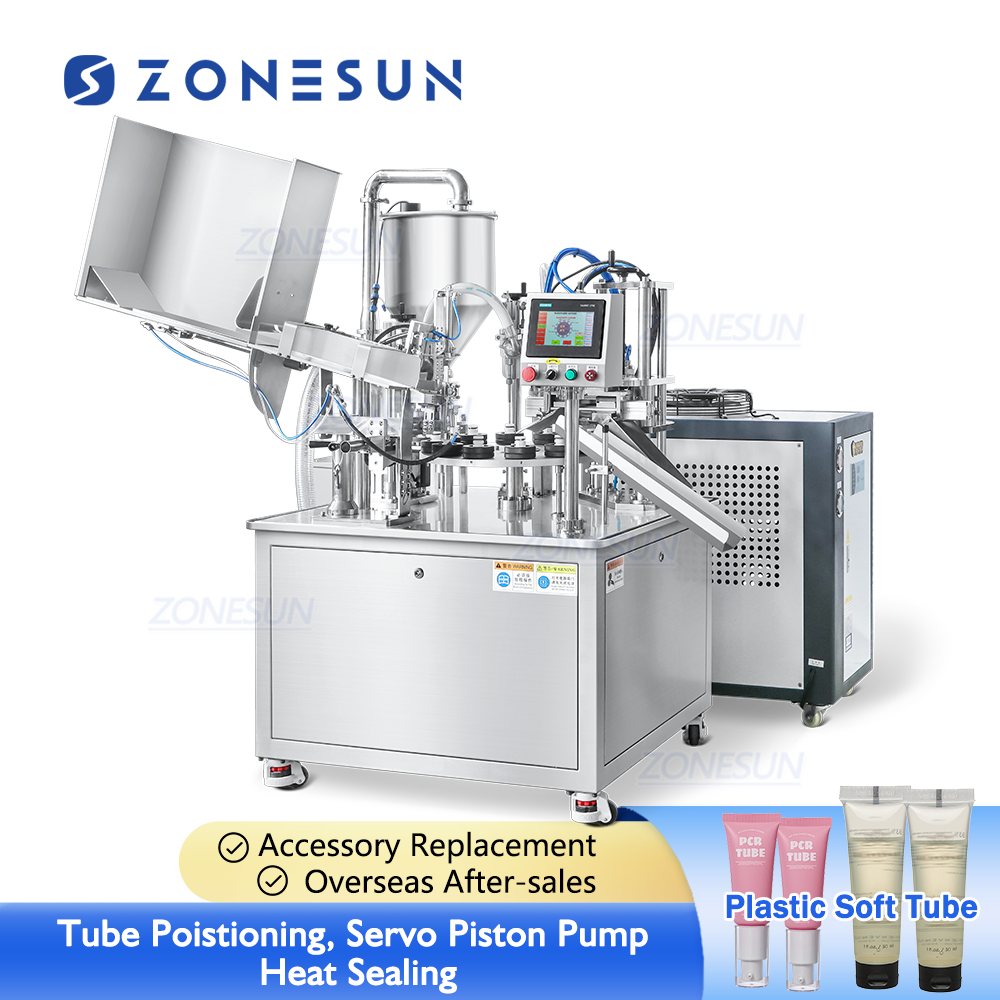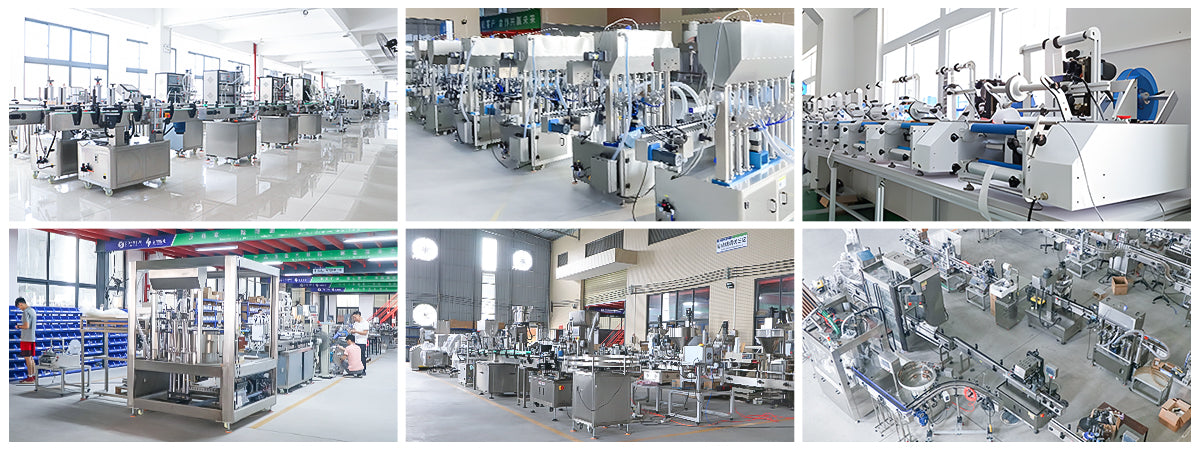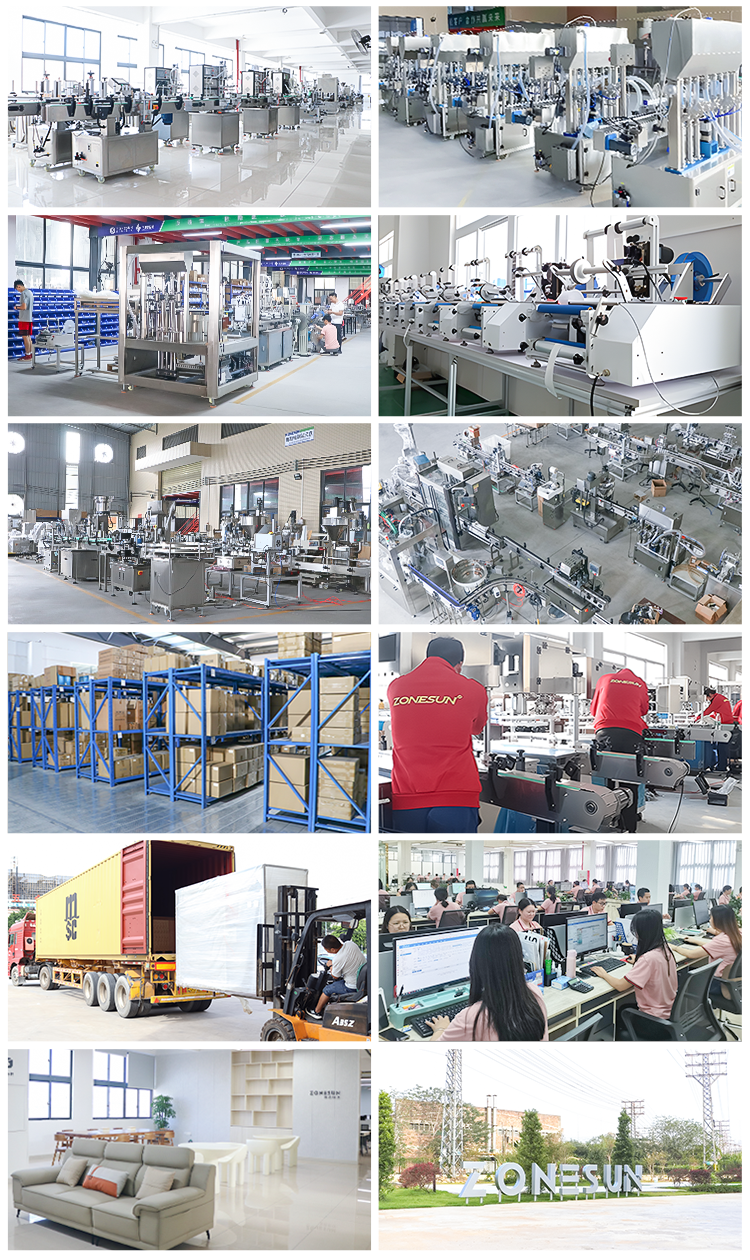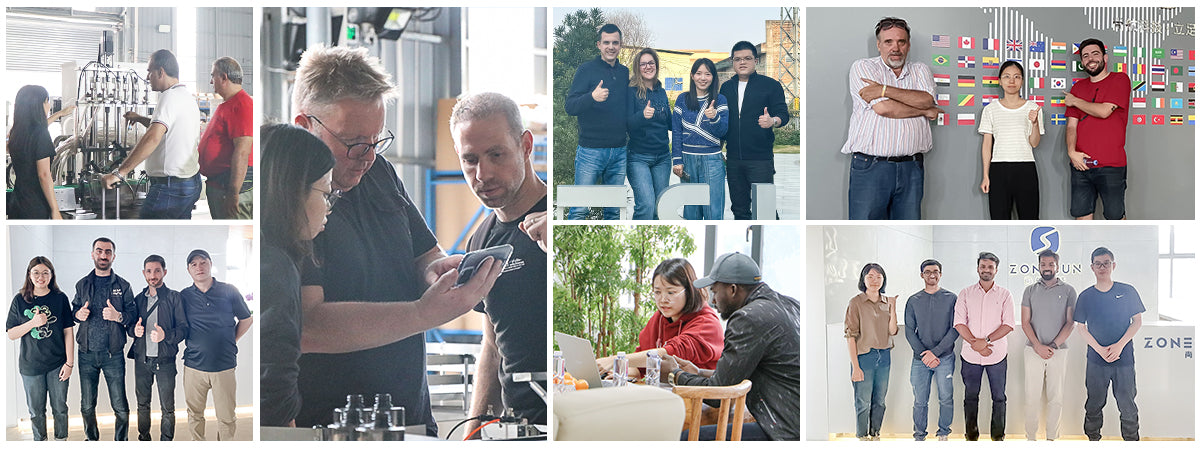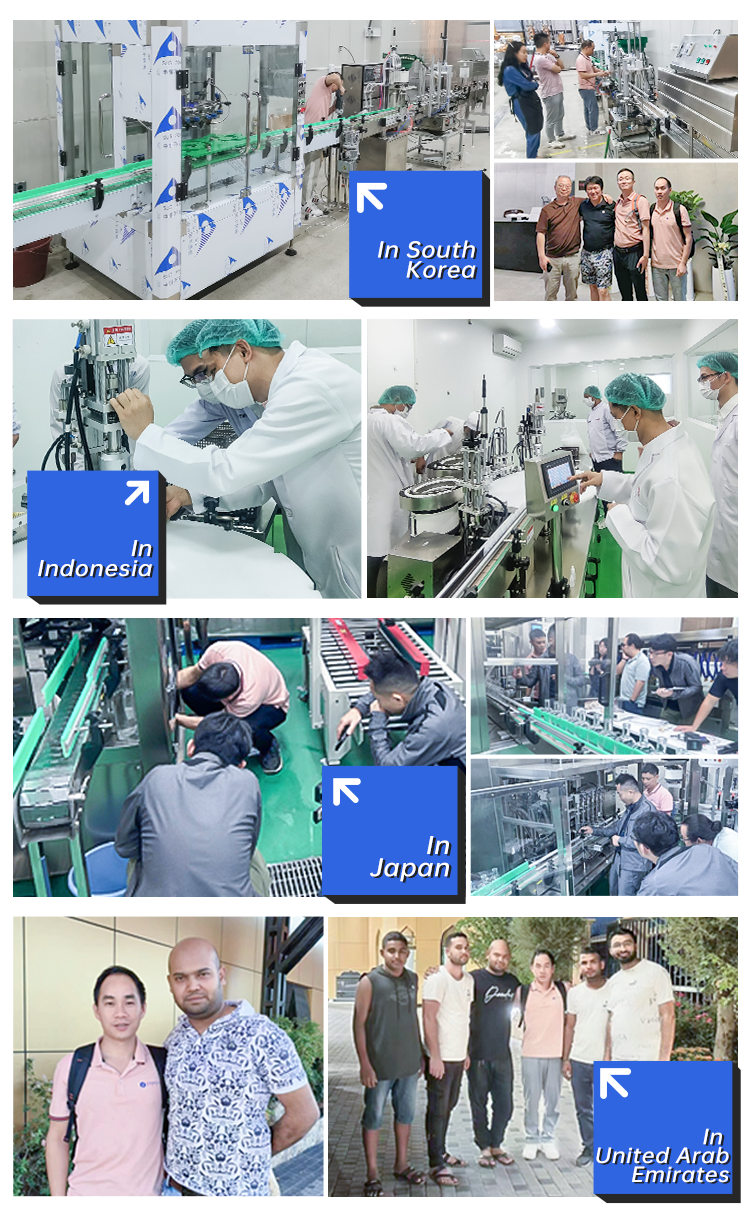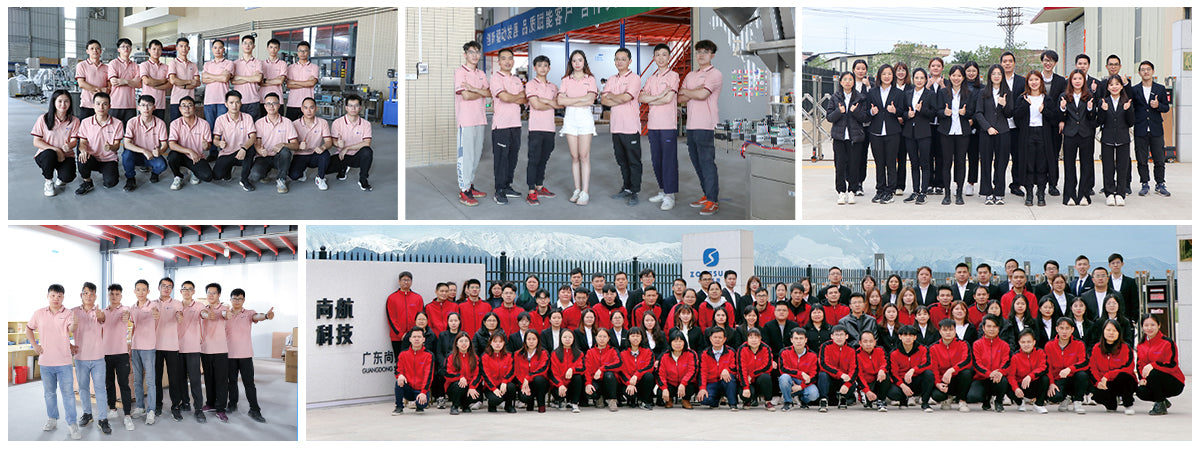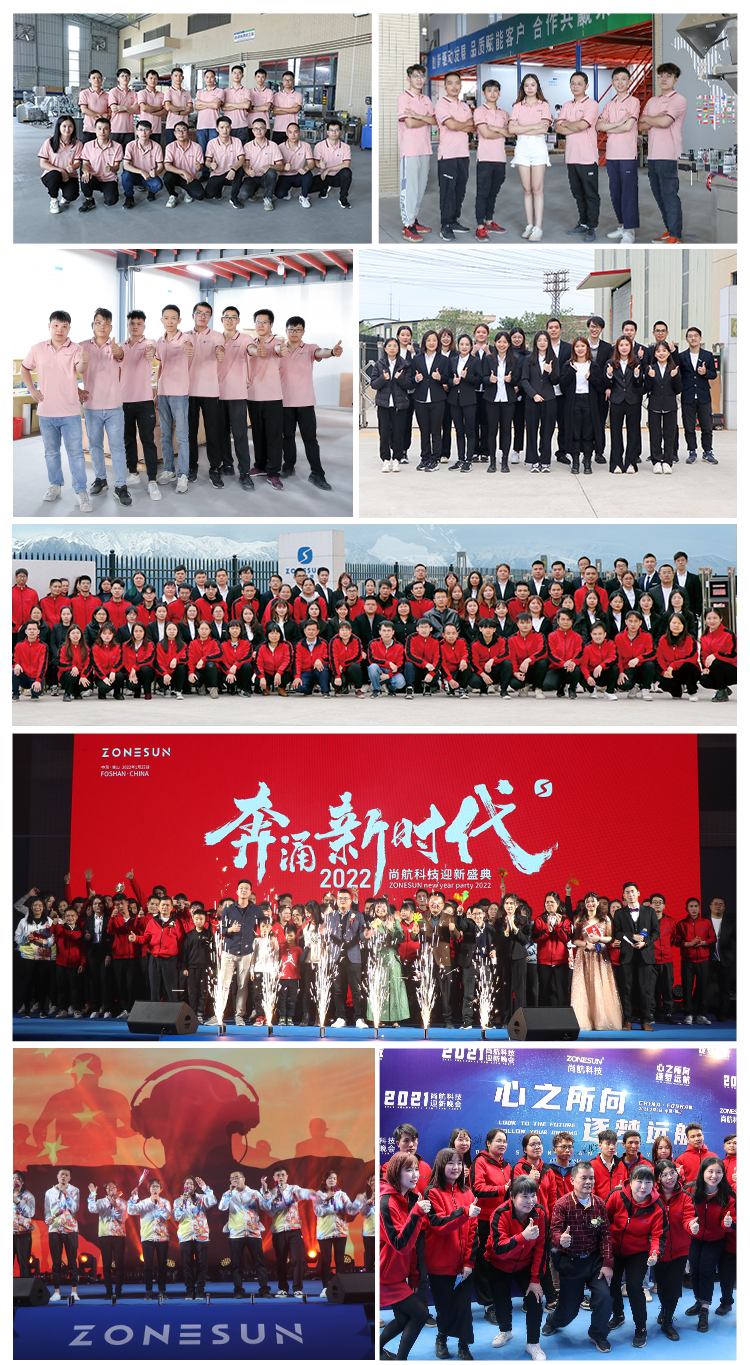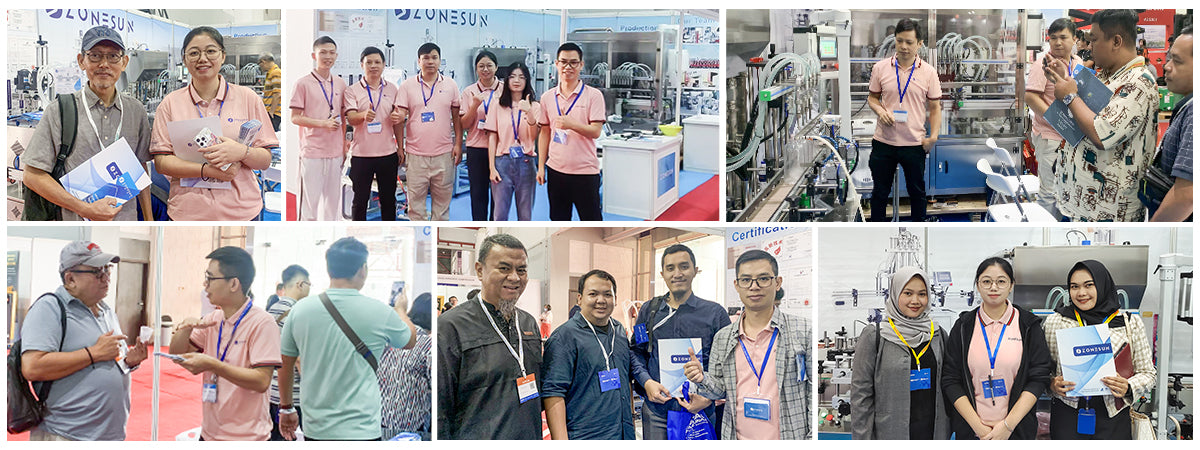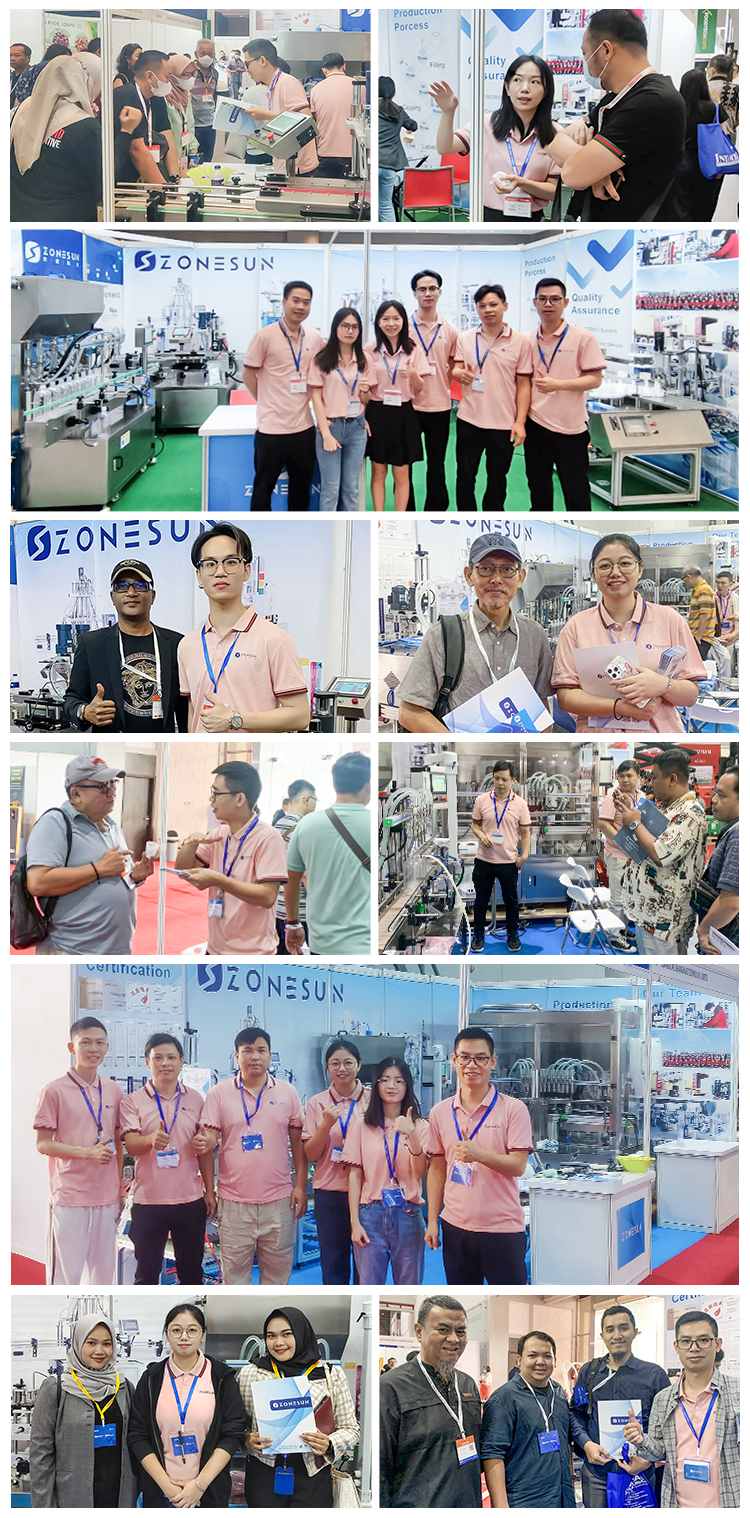Máquinas de embalagem de bolha normalmente formam um filme de rolo de plástico em uma cavidade, encha -a com pó, líquido ou material viscoso e depois sele a cavidade e corte -o em uma unidade única. A máquina de embalagem de bolhas é comumente usada para pequenos produtos embalados, como molho, soro cosmético, cápsulas, mel.
Saiba mais sobre a máquina de embalagem de bolha
Como funciona uma máquina de embalagem de bolha?
A operação de uma máquina de embalagem de bolha geralmente segue abaixo as etapas
Etapa 1: Feeding de filme - Um rolo de filme de formação (como filme duro de PVC, filme de alumínio PTP) é automaticamente alimentado na máquina.
Etapa 2: Formação - O filme é aquecido e moldado em cavidades por pressão ou métodos de formação a frio.
Etapa 3: Preenchimento de material - Cada cavidade é preenchida com o produto necessário, seja líquido, pasta, pó ou grânulo.
Etapa 4: Selagem - o filme de capa (como filme composto de alumínio) é alimentado por cima e selado através de calor ou pressão.
Etapa 5: Punchamento e corte-os produtos acabados são cortados em unidades individuais ou folhas de várias cavidades (isso é personalizável como a necessidade de produção).
Etapa 6: Descarga - Os pacotes finais de bolha são descarregados para o próximo processo de produção.
Quais materiais são usados para embalagens de bolha?
Selecionar o material certo é crucial para a embalagem da bolha. As opções comuns incluem:
PVC -econômico, transparente e amplamente usado para embalagens em geral.
BICHO DE ESTIMAÇÃO -oferece maior clareza e reciclabilidade, ideais para aplicações ecológicas.
Filmes laminados - Combinações como PVC/PE ou PET/AL/PE, ele fornece visibilidade e forte proteção.
Folha de alumínio - Adequado para a formação a frio, fornecendo excelentes propriedades de umidade e barreira leve, ideal para produtos sensíveis.
Tipos de formação e vedação comuns de cavidade
As máquinas de embalagem de bolha podem produzir diferentes estilos de cavidade e vedação como necessidades de produção, o tipo comum é o mais abaixo:
Pacote de bolha de câmara única
Uma cavidade corresponde a um ponto de registro, formando um pacote de unidade única.
O tipo mais comum, projetado para "uma lágrima, uma porção".
Pacote de bolhas de câmera dupla
Duas cavidades são organizadas lado a lado, com um ponto de registro correspondente a ambas as cavidades.
Conveniente para “sabores duplos” ou pacotes de porções maiores.
Pacote de bolhas snap snap de snap de forma em V
Duas cavidades conectadas projetadas com uma linha de quebra no meio, permitindo que elas sejam separadas em duas embalagens individuais.
Freqüentemente usado para mel, molho ou desinfetante para as mãos. Através da dobra ou formação em forma de V, os usuários podem facilmente encaixar ou rasgar a embalagem, controlando a quantidade usada por porção.
Existem muitos outros tipos de tipos diferentes de produtos de embalagem de bolha, podemos oferecer uma solução de embalagem personalizada, conforme necessário.
Diferença entre formação de frio e formação de calor
1. Material e processo
Formação a frio: usa folha à base de alumínio que é pressionada mecanicamente em cavidades sem calor.
Thermoforming (formação de calor): usa filmes plásticos como PVC, PET ou PS que são aquecidos e formados por pressão em cavidades.
2. Produtos adequados
A formação a frio dá um soco sério quando se trata de proteção - ele bloqueia a umidade, o oxigênio e a luz como um campeão. Isso o torna uma combinação perfeita para qualquer coisa sensível, como remédios ou molhos premium.
A termoformação, por outro lado, oferece grande visibilidade para que os produtos possam realmente se destacar na prateleira. A troca é que seu desempenho de barreira não é tão forte.
3. Velocidade e custo de produção
Formação a frio: mais lento devido ao processo de prensagem mecânica, maior custo do material.
Thermoforming: O filme de plástico mais rápido e mais econômico e econômico é mais barato que o alumínio formado a frio.


